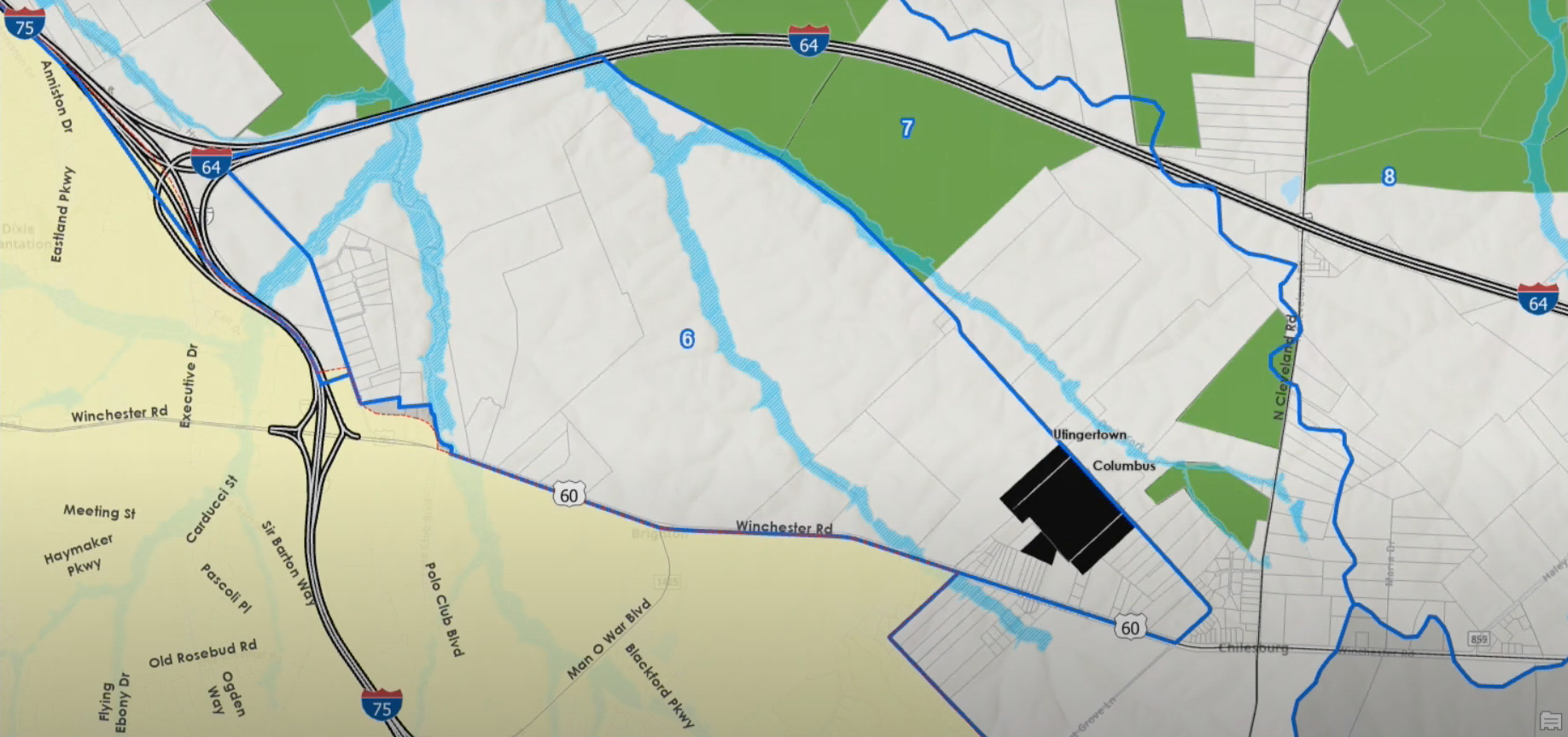Boundary expansion planning includes discussions of protecting rural Black hamlets

LEXINGTON, Ky. – The Urban Growth Management Master Plan Advisory Committee, which is responsible for identifying areas for possible inclusion in the Urban Service Area, convened Tuesday to discuss expansion plans. The discussions included considerations around preserving Fayette County’s 24 historic rural Black hamlets.
The meeting featured a presentation by LFUCG planning director Jim Duncan. He outlined a crucial sewerability study’s findings, designed to pinpoint the most efficient areas for urban expansion in the county. The presentation led to questions from Urban County Council members regarding the protection of Fayette County’s rural Black hamlets.

Councilmember Kathy Plomin inquired about whether the rural settlements would be buffered in the expansion plans. Duncan responded, “No, they’re not protected, there’s just recommendations on how they should be treated for future development.” He also mentioned that one of the recommendations was not to consolidate or further subdivide parcels within the hamlets.
Vice Mayor Dan Wu asked if the hamlets were considered preserved or protected areas. Duncan explained that although they are not preserved or protected, they are recognized as cultural features in the Comprehensive Plan and the Rural Land Management Plan. “I would absolutely consider those as important features when we’re thinking about expansion,” Duncan emphasized.

Duncan further recommended that the rural hamlets be excluded from any expansion plan. He explained that including them could result in their urbanization, pointing to Bracktown, Cadentown, and Jonestown as examples of once-rural settlements now within the Urban Service Area.
Councilmember James Brown questioned if there was a zoning designation that could protect these areas without burdening property owners. Duncan revealed that, “this is something that has been talked about for about 15 or more years.” According to Duncan, the University of Kentucky previously studied the rural settlements, and made recommendations for historic or neighborhood development overlays.
However, Duncan highlighted a “double-edged sword” effect concerning regulations and the viability of the properties as generational homesteads. He stressed the need to recognize their historic significance while ensuring they remain vibrant and viable for future generations.

Part of the recommendation of those settlements is that they remain vibrant and that that they would be places where where households would want to move into to build new homes to have to build their generational activities there, so in some respects I think it’s good that we haven’t settled on what protections we need. Because I think we want to make sure we don’t lock it down so much that those properties essentially become useless, but yet we still want to recognize their historic significance and find some way to honor that while allowing it to be viable properties as well.
Jim Duncan, LFUCG Planning Director

Top photo: One area considered for urban expansion includes Uttingertown, a historic rural Black hamlet. (LexTV screenshot)
Recommended Posts

Kamala Harris needs a VP candidate. Could a governor fit the bill?
Fri, July 26, 2024
After cyber-attack on Jefferson County Clerk, Fayette counterpart discusses precautions
Fri, July 26, 2024
An eastern Kentucky animal shelter is swelling this summer
Fri, July 26, 2024
